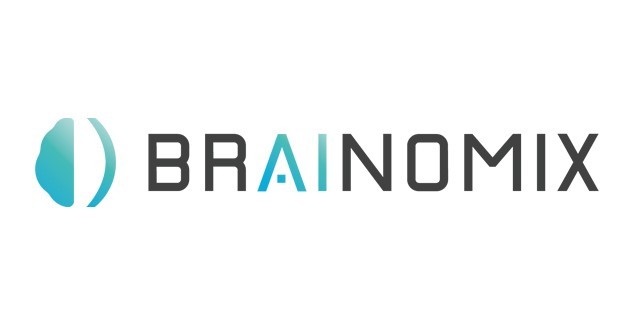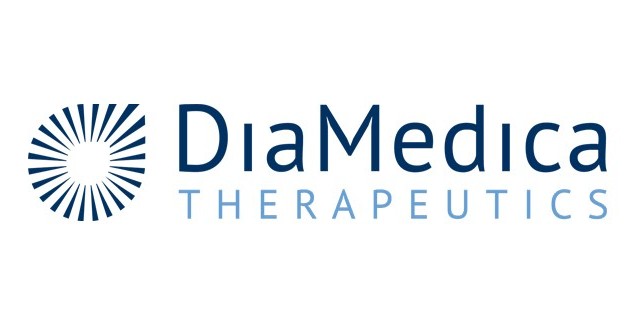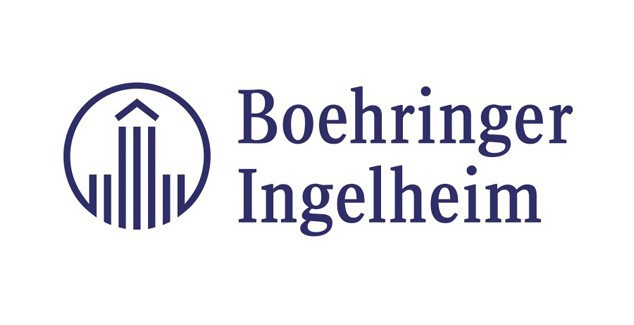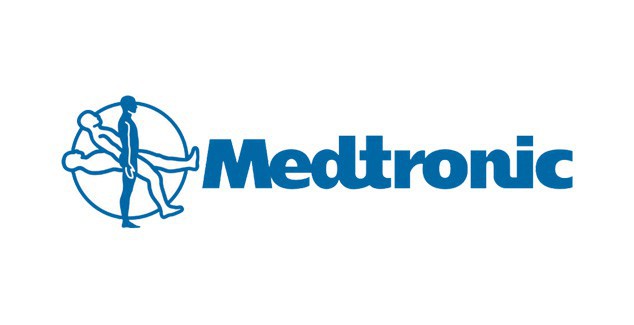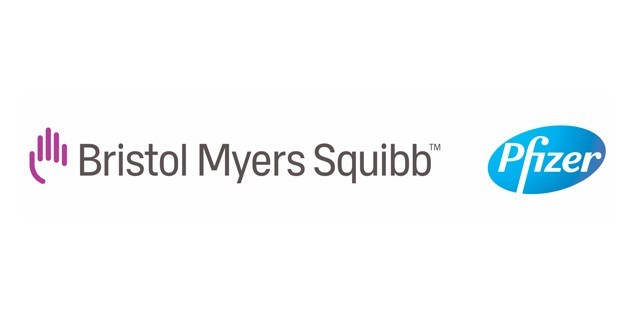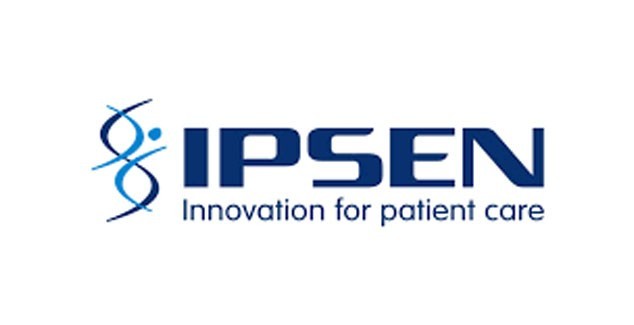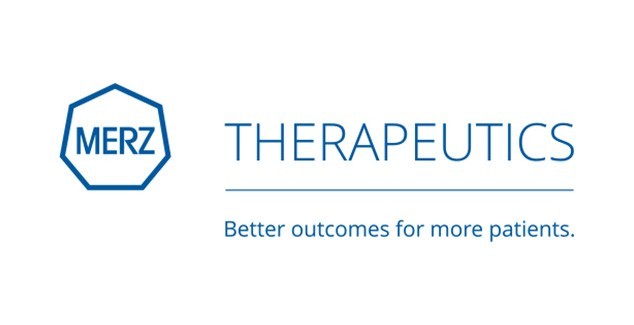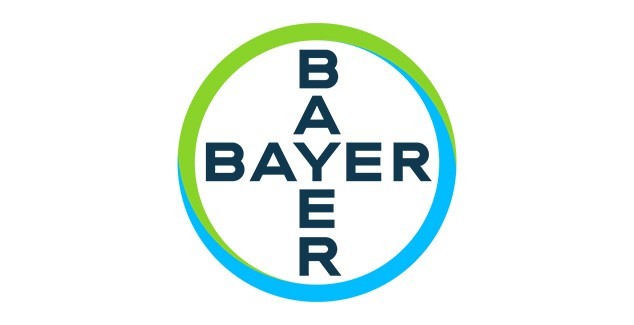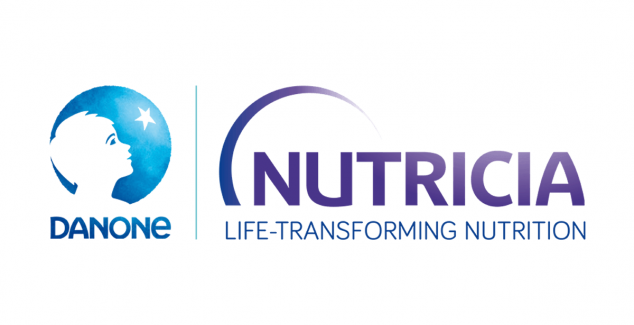2022 was been a busy year for the WSO guideline committee, culminating in publication in early 2023 of a systematic review and synthesis of global stroke guidelines. This work was done by committee members (chaired by Alejandro Rabinstein and Gillian Mead) and a specially convened ‘writing’ group of highly motivated colleagues, chosen from many applicants, for their expertise and experience, balanced by gender, seniority and geographical location. We started by publishing our protocol on PROSPERO, then we performed extensive literature searches to identify stroke guidelines published since 2011. We evaluated their quality using the AGREE II tool and extracted strong recommendations, which we categorised into three groups (acute care, secondary prevention and rehabilitation/life after Stroke). We then judged the applicability of each recommendation according to their feasibility in low-, middle-, and high-resource environments, and summarised information from the quality assessments.
We obtained stakeholder comments from members of the WSO Board, including Stroke Support Organisations, and from people with lived experience (PWLE). We are very grateful to those who commented.
We found substantial consensus between guidelines for many strong recommendations for acute care and secondary prevention for ischaemic stroke, and aspects of rehabilitation. There was less evidence for the management of intracerebral haemorrhage. Most recommendations were from high-income countries. Strong recommendations were made for reperfusion therapies for acute ischaemic stroke. For secondary prevention, strong recommendations included establishing etiological diagnosis; management of hypertension, weight, diabetes, lipids, and lifestyle modification; and for ischaemic stroke, management of atrial fibrillation, valvular heart disease, left ventricular and atrial thrombi, patent foramen ovale, atherosclerotic extracranial large vessel disease, intracranial atherosclerotic disease, and antithrombotics in non-cardioembolic stroke. For rehabilitation, there were strong recommendations for organized stroke unit care, multidisciplinary rehabilitation, task-specific training, fitness training, and specific interventions for poststroke impairments. However, most guidelines did not consider comorbidity, resource implications, and implementation. For some important ‘life after stroke’ areas such as fatigue, apathy and cognition there was a dearth of recommendations, and there were none for end of life care after stroke. The lack of recommendations reflect the lack of primary research-particularly randomised controlled trials-in these areas. We also noted duplication of effort and repetition between different guideline developers; and that involvement of PWLE was often limited.
We now have a dissemination plan for our work, which is being overseen by the WSO Board. This includes a WSO webinar in June 2023. We are also developing a lay summary for Stroke Support Organisations and are planning eLearning modules.
We suggest that guideline developers throughout the world consider methods to make guideline production more efficient e.g. would a shared repository of stroke trials avoid the need for similar literature searches by different groups? We are exploring ways to regularly update our work so that it becomes a ‘living guideline’.
Implementation will also be required; we will be working closely with the WSO task forces. We hope that research funders will commission more research in life after stroke-an area that is of crucial importance for PWLE. Finally, stroke trialists should aim to include people with frailty and comorbidity in stroke trials in the future.
The above summary complements International Journal Of Stroke, A systematic review and synthesis of global stroke guidelines on behalf of the World Stroke Organization

 Member login
Member login
